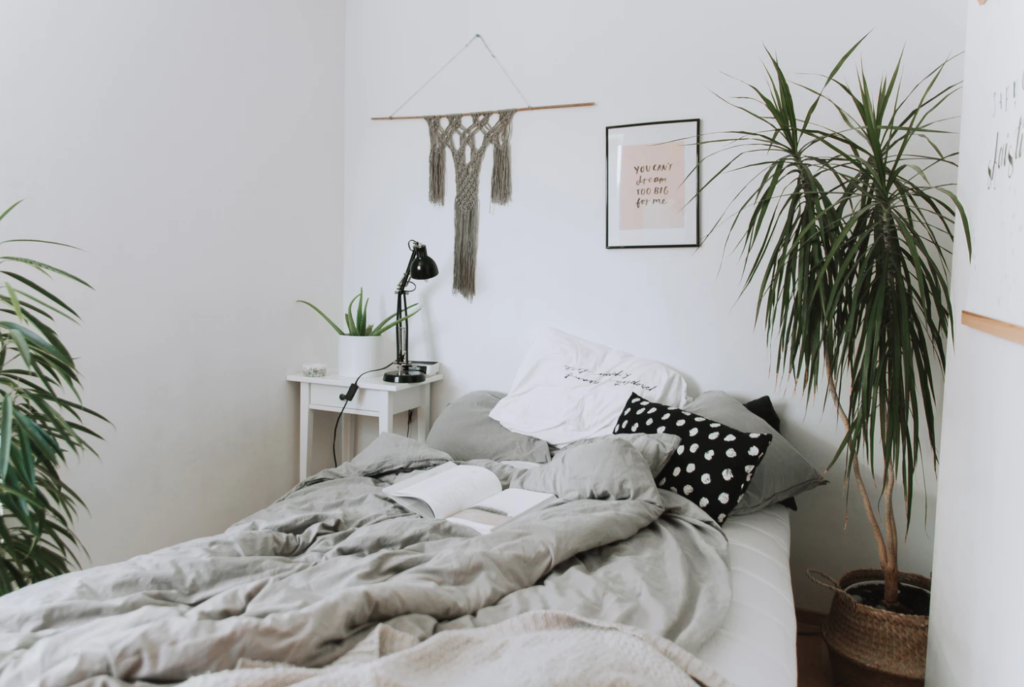Written by Laurie Larson
Would it alarm you to know that an estimated 164 million Americans report difficulties sleeping at least once a week and that insufficient sleep is a public health problem?
It probably wouldn’t, because with those numbers, you’re likely one of them.
Our sleep is a critical component to our overall health and well-being. Without it, we run the risk of feeling all the harsh effects of sleep deprivation including trouble concentrating, drowsiness, and weakness. Chronically losing sleep could have even more serious health effects including risk of obesity, heart disease, and some cancers. For more on how much sleep we really need, check out this resource.
Getting good sleep each night is too important to ignore. So how are so many people struggling?
Why people have trouble sleeping
The range of reasons for which people struggle to fall or stay asleep covers a wide array of issues. In some cases, the issue relates to the ethereal. If you experience stress, anxiety, or depression, it can be challenging to find calmness and put your mind to rest. Other times, the issue is more practical and relates to a simple fix like finding a better bed for your comfort, learning how to change your sleeping style, staying away from technology at nighttime, or optimizing your bedroom environment to be more relaxing.
Whether the source of your insomnia traces back to your mind or body, a wind down routine can help.
What’s a wind down routine?
A wind down routine is simply what you do to wind down in the evenings before bed. When practiced consistently, it can signal to your mind and body that it’s time for bed.
With a well-thought wind down routine in place, you can fall asleep faster and achieve deeper sleep. So how exactly do you go about creating the right wind down routine? We’ll walk you through it step-by-step.

Step 1: Turn off your technology
While each person’s wind down routine is personal to their own needs and preferences, this is a given first step for everyone. The technology devices in our lives (our phones, TVs, tablets, etc.) emit artificial blue light that stimulates our brains. That’s the last thing you want before bed.
To avoid throwing off your circadian rhythm, turn off your technology devices an hour before bed time at the very least. If you can live without them even earlier in the evening, that will only help you start winding down sooner.
Step 2: Create a relaxing environment
Next, make sure your environment is optimized for relaxation. A loud concert at 9PM won’t be optimal for this.
Start by dimming your lights to help maintain your natural circadian rhythm. Next think about your other senses and pick a good scent! Aromatherapy has been proven to promote relaxation. Use an essential oil diffuser with scents that are known for their calming properties like lavender and cedarwood. Finally, set the mood with relaxing music that will help you want to drift off to sleep.
Step 3: Relax your body
Releasing the tension in your muscles is a critical step before falling asleep. Do this by stretching or doing a light yoga flow. You could also take a warm bath to help relax your body. Throw in some essential oils to maximize your bath-time relaxation.
Step 4: Relax your mind
Stress is one of the big reasons people can’t sleep. Lying in bed replaying your day or stressing over the future will only keep you awake and out of

Step 5: Get great sleep!
After optimizing your environment, relaxing your body, and calming your mind, you’ll be on your way to a great night of sleep. By consistently maintaining your routine, falling and staying asleep will become even more hassle-free. Remember to always prioritize your restorative sleep for the sake of both your mental and physical well-being. For some other tips to help you get more great sleep, check out this article.
Laurie Larson is a freelance writer based out of North Carolina. She enjoys writing on home, health, and lifestyle topics to help others make the most of their lives.





Leave a reply